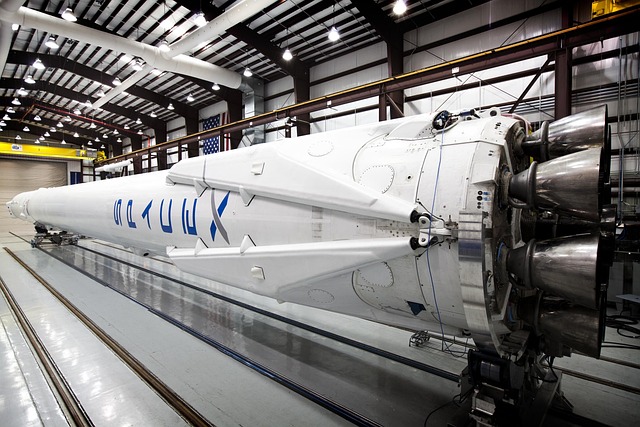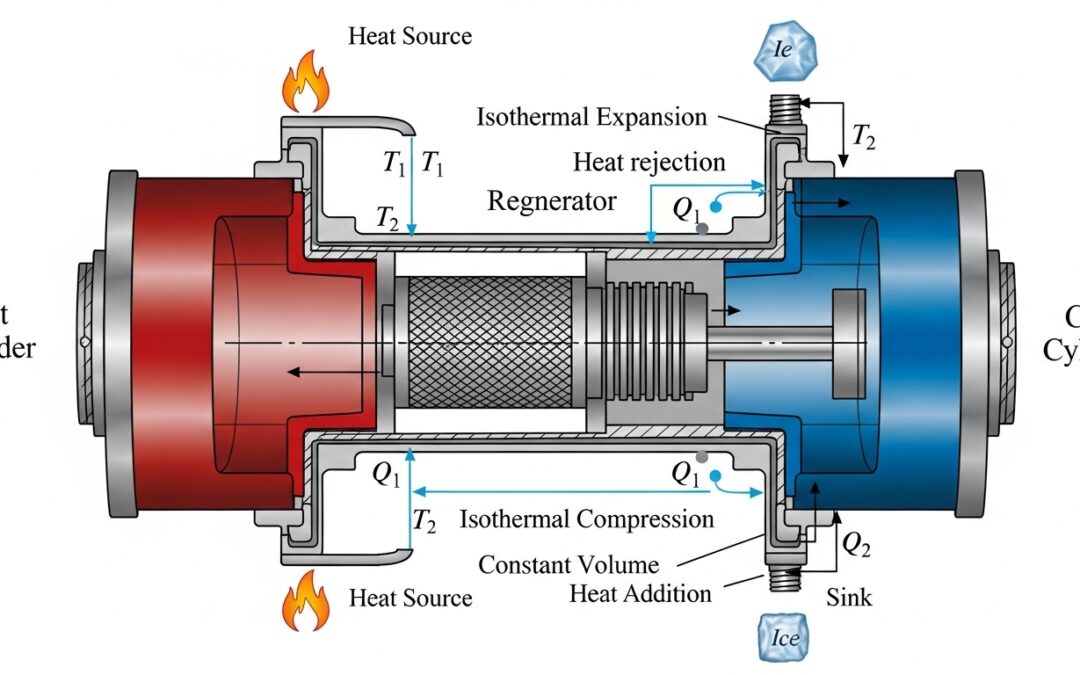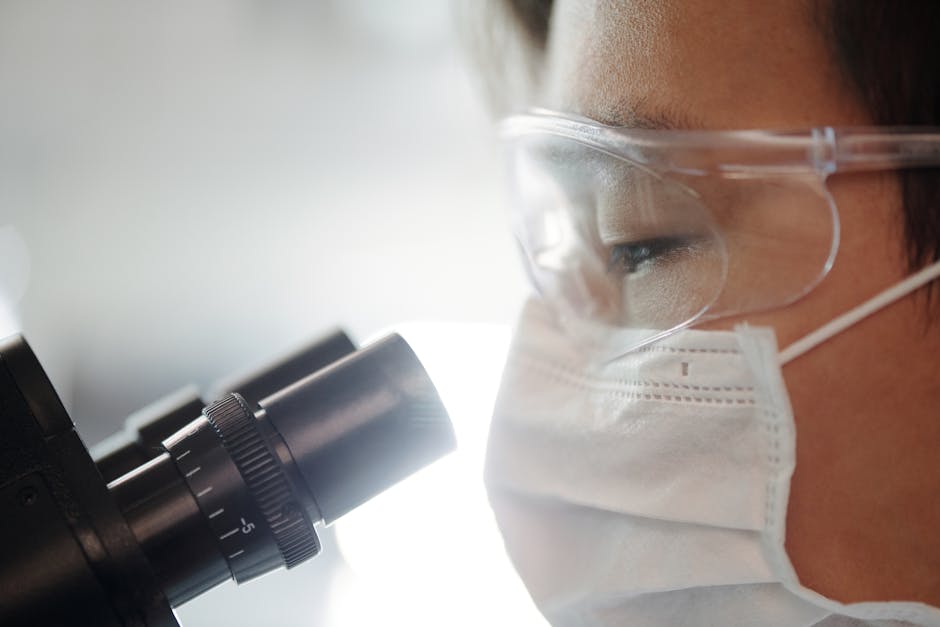[ez-toc]
SpaceX Dragon’s Propulsive Landing: A Backup for Safe Return
SpaceX’s Dragon spacecraft has been a cornerstone of NASA’s human spaceflight program, reliably ferrying astronauts to and from the International Space Station (ISS) since 2020. For the past four years, the Dragon has employed a parachute-assisted splashdown in the ocean as its primary landing method. However, this robust spacecraft has recently received a significant upgrade: a propulsive landing system as an emergency backup. This innovative technology, which was initially intended as the Dragon’s main landing method, has been carefully integrated to ensure the safe return of astronauts even in unforeseen circumstances.
The Evolution of Dragon’s Landing System
SpaceX’s initial vision for the Dragon involved a propulsive landing, utilizing its eight SuperDraco thrusters. This system would have enabled a controlled descent and landing on a designated pad. However, safety concerns and NASA’s preference for a proven parachute system led to a shift in the primary landing strategy. The Dragon’s parachute landing system, with its history of successful deployments, became the primary method for returning astronauts to Earth.
A Backup System in Case of Parachute Failure
While the parachute landing system is highly reliable, SpaceX and NASA recognized the need for a backup option. During the live webcast of the Crew-9 launch on September 27, 2023, NASA officials announced that in the event of a catastrophic parachute failure, the Dragon could utilize its SuperDraco thrusters to land on a solid surface. This propulsive landing system, originally designed for abort maneuvers, would provide a critical safety net for astronauts in a worst-case scenario.
NASA’s Confidence in Dragon’s Capabilities
We also Published
- Morphology and Embryology: Comprehensive Insights
Explore the intricacies of Morphology and Embryology with comprehensive insights. - Agnikul Successfully Launches SOrTeD %%page%% %%sep%% %%sitename%%
Agnikul successfully launches SOrTeD, achieving milestones in semi-cryogenic technology and marking India’s first private launch. - Questioning Common Medical Practices: More Harm Than Good?
Questioning Common Medical Practices: such as how common medical practices like thickening liquids for dementia patients and stopping blood pressure medications before surgery may not be as beneficial as previously thought. Explore the conflicting evidence surrounding spinal cord stimulators for chronic pain.
This shift in strategy highlights NASA’s confidence in SpaceX’s engineering prowess and the Dragon’s inherent capabilities. Despite the initial preference for parachute landings, the space agency has recognized the value of a backup system, especially in light of the successful track record of Dragon’s non-crewed flights utilizing propulsive landings. The Crew-9 mission marks a significant milestone, as it signifies the first time Dragon’s propulsive landing system is being deployed on a NASA crewed mission.
“Dragon was always designed to land propulsively, but I didn’t want to risk it as the primary method.” – Elon Musk, CEO of SpaceX
SpaceX’s Commitment to Safety
The inclusion of a propulsive landing system reinforces SpaceX’s unwavering commitment to astronaut safety. The company has consistently strived to enhance the Dragon spacecraft’s capabilities, prioritizing redundancy and fail-safe mechanisms. This backup landing option further strengthens the Dragon’s position as a reliable and robust spacecraft for human spaceflight.
The Dragon spacecraft’s propulsive landing system is a testament to the evolution of space technology and the ongoing commitment to astronaut safety. While parachute landings remain the primary method, this backup option provides a critical safety net, ensuring the well-being of astronauts in even the most challenging circumstances. The Dragon’s journey from a planned propulsive landing to a parachute-assisted splashdown, and now back to a propulsive backup, highlights the dynamic nature of space exploration, where innovation and safety go hand in hand.
RESOURCES
- Dragon
- Propulsive landings nixed from SpaceX’s Dragon spaceship
- Why does the SpaceX Dragon land on water instead …
- Why does the SpaceX Dragon land on water instead …
- SpaceX is Abandoning Plans for Powered Dragon Landing …
- Dragon receives long-planned propulsive landing upgrade …
- Crew Dragon – Gunter’s Space Page
- A while ago, SpaceX planed on having the dragon capsule …
- SpaceX launches billionaire’s private crew on milestone …
- Space Launch Schedule
- SpaceX’s Dragon Can Activate SuperDraco Engines For …







0 Comments